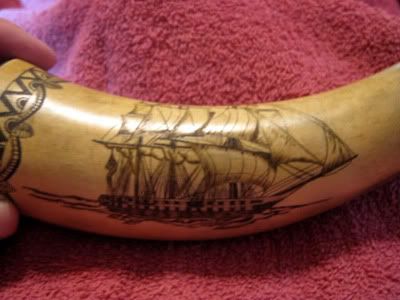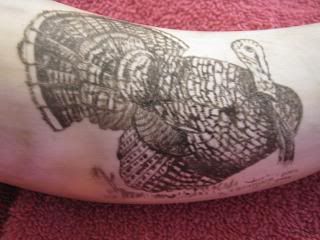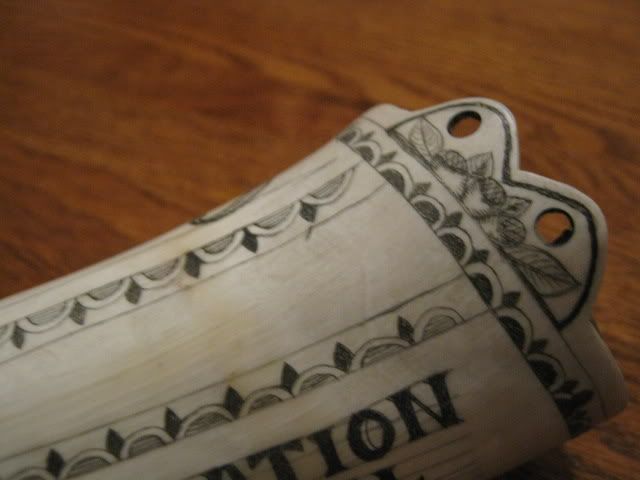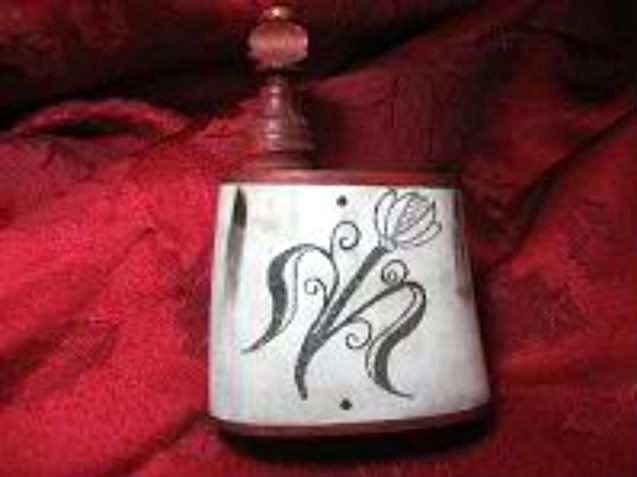Don't think plastic anything will duplicate what working on horn feels like. Horn has soft and hard spots. Check your own finger and toe nails. Its the same stuff! :shocked2: Horn has grooves in its surfaces that can be seen using low angled light. I don't know anyone confident enough to use anything other than Short, SHALLOW strokes at first when they scrim. You go over them to deepen them, and lengthen them.
Tools?? Some use a simply pocket knife that has a very sharp point. Others use Exacto knife( tools). A few use a sharpened Awl. I know one person who felt he had more control using the diamond shaped point on a home-made cutting tool. I don't know what was the source of the metal shank, but he shaped the "Point" into a diamond shape using a grinder, then honing stones.
The ONE trick I learned recently that will be of use to you, is to use wet leather over the wooden Angled post you put the horn on when working on it. The wet leather will "grab" the inside of the horn, and help hold it steady, while you draw and scrim the surface. However, removing the horn from the wet leather covered post will be much easier.
If you wait until you have already put the plug into the horn permanently before you scrim the horn, use a canvas sack of lead shot( 25 lb. bag) to rest the horn on. The lead shot moves to form around the body of the horn.
You Can put a damp sheet of leather (chamois cloth works-available in the auto section of most discount home stores[ ie. Home Depot, Lowes, Menards, Walmart, etc.]) on top of the canvas to give you better gripping of the smooth horn surface, too. You might want to put a plastic bread wrapper over the shot bag, to keep water away from the lead shot. :thumbsup:










